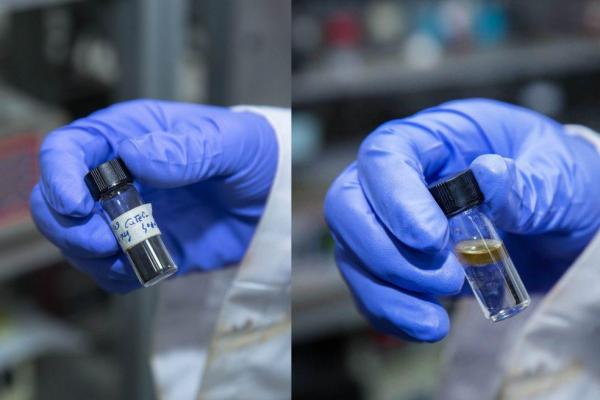
ULSAN, South Korea, Nov. 19 (UPI) — Researchers have developed a new way to turn captured CO2 into liquid biofuel capable of powering vehicles.
Scientists have previously converted H2 and CO2 into usable fuel, but the catalysts required are weak and the conversion process leaves plenty of CO2 leftover. Chemical engineers at Ulsan National Institute of Science and Technology, in South Korea, have discovered a more effective catalyst.
The new catalyst is derived from delafossite, an abundant copper iron oxide mineral. Adoption of the catalyst allowed scientist to convert CO2 and H2 into fuel in a single step.
“Diesel fuels have a longer chain of carbon and hydrogen atoms, compared to methanol and methane,” researcher Yo Han Choi said in a news release. “Using delafossite-CuFeO2 as the catalyst precursor, we can create longer carbon chains and this would allow for the production of diesel.”
Researchers derived their new conversion process from one developed by German carmaker Audi, and improves on a process called CO Fisher-Tropsch synthesis.
Scientists say the new process can be used to clean the air and provide alternative fuel. The CO2 can be provided by carbon capture technologies, while H2 can be sourced from solar water splitting waste.
“We believe the new catalyst breaks through the limitation of CO2-based FT synthesis and will open the avenue for new opportunity for recycling CO2 into valuable fuels and chemicals,” said UNIST chemical engineer Jae Sung Lee.
Researchers detailed their newly developed process in the journal Applied Catalysis B: Environmental.



